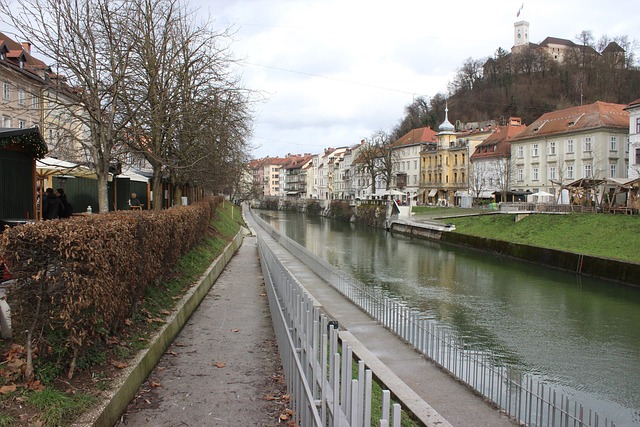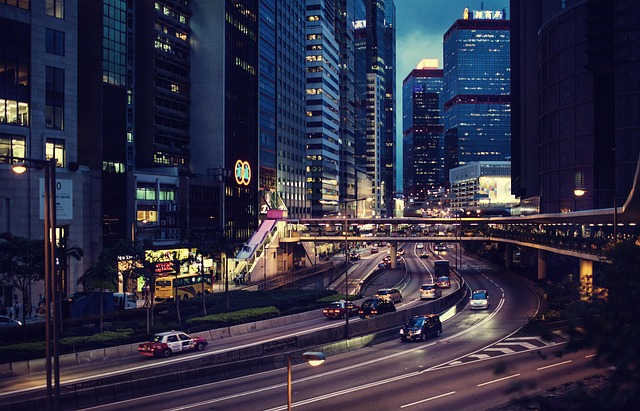Mosques in Landhi, Karachi, are not just places of worship but integral parts of the city’s cultural and architectural landscape. This article delves into the historical background of these sacred spaces, highlighting their evolution over time. We explore notable mosques and their unique architectural significance, examining their role in fostering community engagement and preserving cultural heritage. Additionally, we discuss ongoing preservation and modernization efforts aimed at safeguarding Karachi’s rich mosque tradition for future generations.
- Historical Background of Mosques in Landhi, Karachi
- Notable Mosques and Their Architectural Significance
- The Role of Mosques in the Community and Cultural Life
- Preservation and Modernization Efforts in Karachi's Mosque Landscape
Historical Background of Mosques in Landhi, Karachi

The historical background of mosques in Landhi, Karachi is rich and diverse, reflecting the city’s multifaceted identity. Since its inception as a small village within the Sindh province, Landhi has witnessed the rise and evolution of various cultural and religious practices, with mosques playing a pivotal role. These houses of worship have not only served as spiritual centers but also acted as communal hubs for residents across different eras.
Karachi’s strategic location along trade routes and its status as a bustling metropolis contributed to the construction of numerous mosques throughout its suburbs, including Landhi. Over time, these structures evolved from simple places of prayer to architecturally significant landmarks that bear witness to the region’s history. The varied styles and designs of mosques in Landhi reflect the cultural exchange and influences that have shaped Karachi, making them essential components of the city’s historical landscape.
Notable Mosques and Their Architectural Significance

Karachi, a vibrant metropolis, boasts several notable mosques that stand as architectural marvels and cultural landmarks. Among them, the Grand Mosque of Landhi is a magnificent structure known for its impressive size and intricate design. Its dome, towering over the surrounding area, has become an iconic symbol of the city’s religious and spiritual life. The mosque’s architecture blends traditional Islamic elements with modern touches, showcasing the evolution of design in Karachi.
The interior is a masterpiece of craftsmanship, adorned with exquisite tile work, elaborate calligraphy, and ornate wooden structures. The main prayer hall can accommodate thousands, reflecting its importance as a gathering space for the local community. These mosques not only serve as places of worship but also act as cultural centers, fostering a sense of unity and promoting architectural appreciation in Karachi.
The Role of Mosques in the Community and Cultural Life

Mosques in Landhi, Karachi, serve as vibrant hubs not only for religious practices but also for community engagement and cultural expression. They act as centres where people from diverse backgrounds gather, fostering a sense of unity and belonging. These structures aren’t merely places of worship; they host educational programmes, community events, and charity drives, addressing the social and spiritual needs of the neighbourhood.
The cultural life of Karachi is also enriched by mosques. They preserve and promote traditional Islamic arts, music, and literature, providing a platform for local artists to showcase their talents. During festivals and special occasions, these venues come alive with prayers, chants, and celebrations, reflecting the rich heritage and diversity of the city. Mosques in Landhi thus play a pivotal role in strengthening community bonds and preserving cultural traditions within the dynamic urban landscape of Karachi.
Preservation and Modernization Efforts in Karachi's Mosque Landscape

In the vibrant city of Karachi, the mosque landscape is a testament to the rich cultural heritage and diverse architectural styles that have evolved over centuries. Preservation efforts in recent years have been instrumental in safeguarding these historical structures, ensuring they stand tall as symbols of faith and community for future generations. Local initiatives and collaborations with architectural experts focus on restoring traditional elements while incorporating modern sustainability practices.
These modernization attempts aim to create a harmonious blend of old and new, allowing mosques like those in Landhi to cater to the contemporary needs of worshippers. By preserving historical motifs and incorporating advanced technologies for lighting, ventilation, and noise control, these efforts strive to enhance the overall visitor experience while respecting the sacred nature of these places of worship.

Leave a Reply